Take a minute to imagine:
So you’re finally on vacation and have just arrived in the Pacific Rim National Park, on the West Coast of Vancouver Island. You get out onto the beach and smell the fresh salty air and hear the waves crashing around you. You spot a flock of sandpipers down at the north end of the beach, and you begin walk in that direction, in hopes of a closer look. It’s a long relaxing stroll, and the flock of sandpipers eventually move on before you reach them. As you walk down the beach you get lost in thought, combing the sand for cool shells to inspect.
You’re taken by surprise when you see a large, dark, shadow flit across the sand. Looking up you realize you’re about to catch a magnificent show as a hawk circles high over the water. It’s probably an osprey you think, due to the all-white body and covert feathers, and the dark wings, but growing up in the interior you’ve only ever seen them near freshwater. Once you hear its short, shrill whistle you know for sure what you are witnessing. Suddenly, it dives straight down towards the water, at an impressive speed, and just as it gets to the water’s surface, its feet plunge in, and out, in an instant. It flies away to its nest clutching a fair-sized fish, and leaves you with a feeling of promise for the good things to come during your stay in the park.
Hopefully you’ve all had the pleasure to witness such an event; whether you have or not, I recommend you read on about the fascinating life of the osprey, and then head to the nearest beach!
Key Characteristics of an Osprey
Size: Ospreys (latin name: Pandoin haliaetus) are large hawks, with a body around 0.6 metres long, (Sullivan, 2017), a wing span of 1.5 -1.8 metres and a typical weight ranging from 1.5 – 2 kg. This can vary though; as with most raptors, female ospreys are generally weigh 15 -20% more than males. Body size can also vary with location: ospreys in northern latitudes can be as much as 12 – 15 % larger than those living closer to the equator (Bierregaard et.al., 2016).
Diagnostic Features: (Bierregaard et.al., 2016)
Seen from below:
White body and primary coverts (the shoulders)
Dark wings, brown speckled with white
Distinctive thick black line through the eye
Yellow eyes
Wings bent at the shoulders
From above:
All dark brown
Dark on tail
White on top of the head
Small head compared to size of the body
Juveniles:
Browner feathers with pale edging
Underside of primary coverts have a reddish-buffy colour until their second molt occurs at age 2
Orange eye
Chicks:
Very fluffy!
Beware of Look-alikes:
If you haven’t identified an osprey by its shrill whistle (listen here), it is possible to confuse it with look-alikes also living near the water, such as the Greater Black-Backed Gull or a Bald Eagle (Bierregaard et.al., 2016).

Aerial view of a Greater Black-Backed Gull soaring. Distinguished from an Osprey with it’s all white underside, white tail and white head.

Easy to distinguish from the Osprey, this adult Bald Eagle has an all white head a tail and has an entirely dark body and wings underneath.
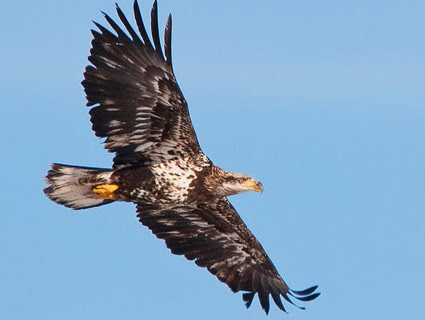
Juvenile Bald Eagle. Note an osprey would have a white belly and head, with a thick dark stripe through the eye, and a deeper bend at the shoulders of the wings.
As you can see, both the body and the wings are either fully dark or fully white in these birds, in contrast with the osprey’s dark wings and white body. In the juvenile bald eagle, there is is too much brown on the body and it does not share the characteristic deep shoulder bend of an osprey.
Diet: These raptors have a highly specialized diet and eat almost exclusively fish. In fact, research shows their diet to be 99% fish in most areas. They will often feed mainly on only a few types of fish, which vary regionally; in British Columbia, important ones include bullheads, carp, large-scale suckers, cutthroat trout, smelt, and surfperch (Bierregaard et.al., 2016).
Ospreys have several special adaptations allowing them to have a high success rate fishing. These include zygodactyl feet with a reversible outer toe that allows them to grab fish with 2 toes in front and 2 toes behind (2015, All About), they also have barbed foot pads which help them hang on to slippery fish, and an incredibly keen sense of vision, having been known to dive for a fish from a height of 40 metres! (Sullivan, 2017)
Distribution: Ospreys are found world-wide, always near water, both freshwater and marine, just as long as there are fish nearby!
Migration: Ospreys are seasonal migrators in most of their range, and often migrate alone. Ospreys banded in British Columbia usually leave in the fall, as late as early November and travel south to Mexico to the west coast or the Gulf, return in the winter in the spring as late as May. Hatch year ospreys usually leave later than their parents and may not migrate back north their first year (Bierregaard et.al., 2016).
Visit this site to check out research on osprey migration utilizing radio-transmitters: www.ospreytrax.com/OspreyMainPage.html
Nesting: Osprey nests are very cool and often conspicuous. Males can sometimes be seen breaking branches for females to arrange in the nest, and because successful osprey parents maintain nest site fidelity, they are improved upon annually causing them to reach sizes of over 3 metres high! They may be built high in trees near water, but are increasingly built on artificial structures, as natural habitat declines and waterfront developments continue. They are commonly seen on telephone poles, roofs, and even the tops of marine navigation buoys (Bierregaard et.al., 2016).
Ospreys are territorial and can often be seen fighting with other ospreys, bald eagles or gulls. They become sexually mature between 3 – 4 years of age and typically have a clutch size of 1 – 4 eggs per year. Chicks fledge the nest when they are between 50 – 62 days old, and usually do not begin to successfully catch their own fish until more than a week after fledging. An unfortunate source of chick mortality occurs when plastic twine is used in nest building materials, and it gets wrapped around the chick’s leg, preventing them from fledging or severely injuring them (Bierregaard et.al., 2016).
To check out osprey nest locations or report a nest, visit: http://www.osprey-watch.org/nests
Conservation Status: Ospreys are often a poster child of conservation success. They are currently listed as an ICUN ‘species of least concern.’ This is a significant improvement, after experiencing severe declines in chick survival from the use of the pesticide, DDT. To learn more about how ospreys have made an amazing comeback, please check out my next blog: HOW OSPREYS GOT THEIR GROOVE BACK
References:
2015. All About Birds: Osprey. Cornell Lab of Ornithology, Ithaca, New York, USA. Retrieved from: https://www.allaboutbirds.org/guide/Osprey/ .
Bierregaard, R.O., Poole, A.F., Martell, M.S., Pyle, P., Patten, M.A. 2016. Osprey (Pandion haliaetus), version 2.0. In The Birds of North America (P.G. Rodewald, editor). Cornell Lab of Ornithology, Ithaca, New York, USA. Retrieved from: https://doi.org/10.2173/bna.683 .
Sullivan, M. 2017. Facts about the Osprey. Published by Friends of the Osprey. Retrieved from: http://friendsoftheosprey.org/osprey-facts/ .
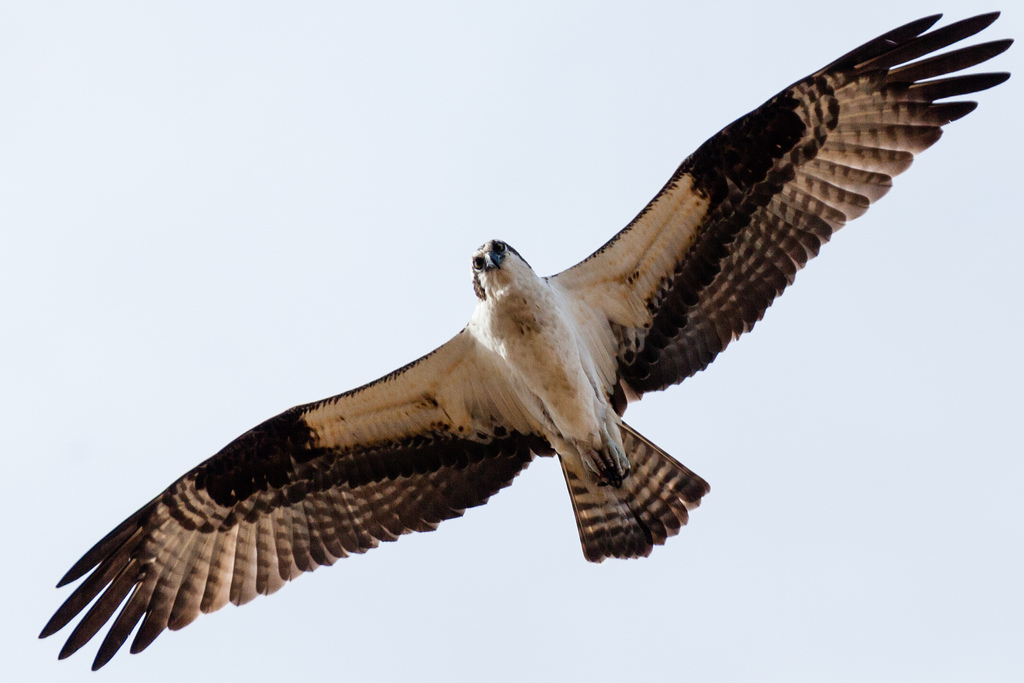
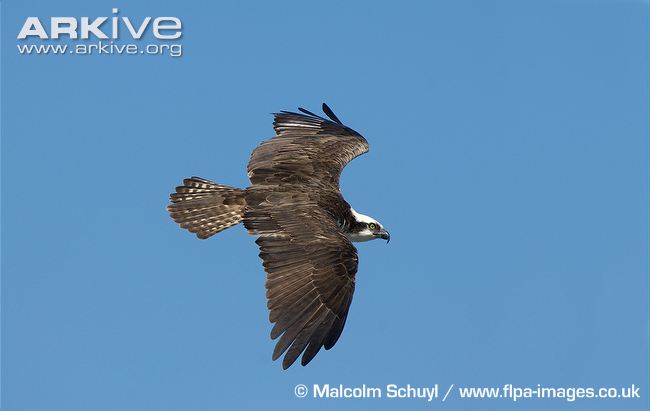
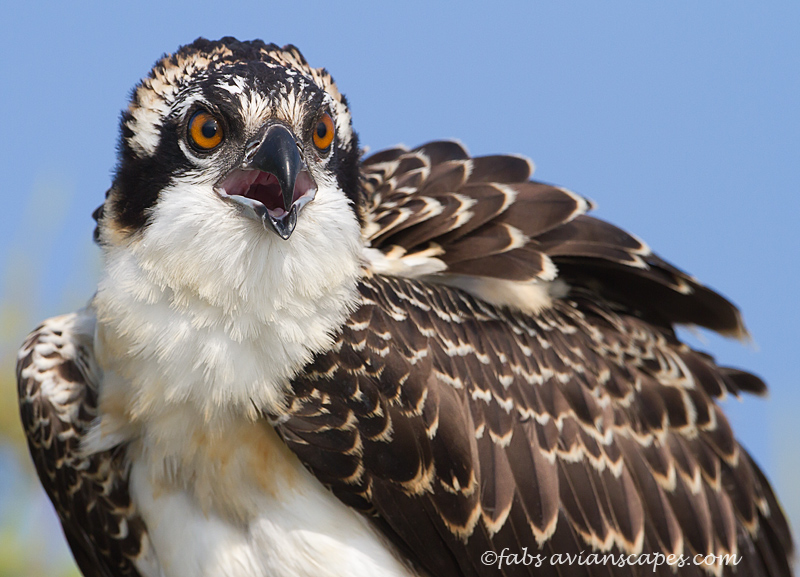
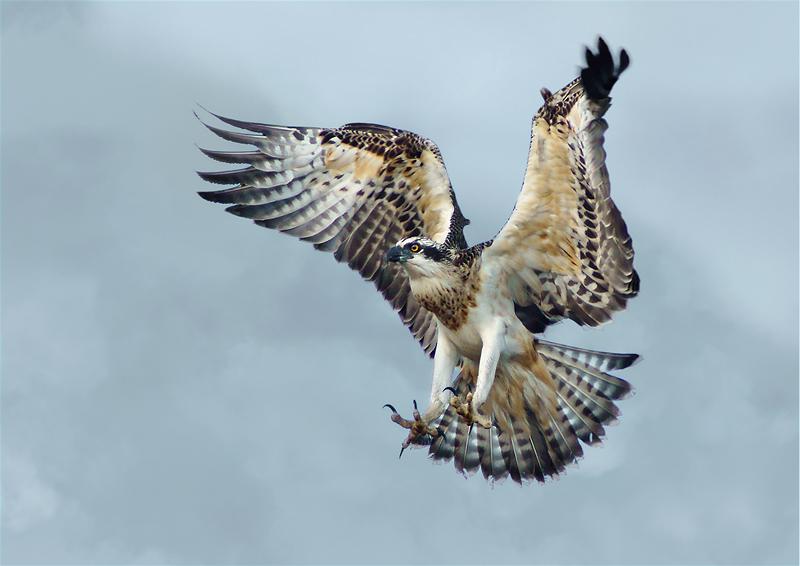
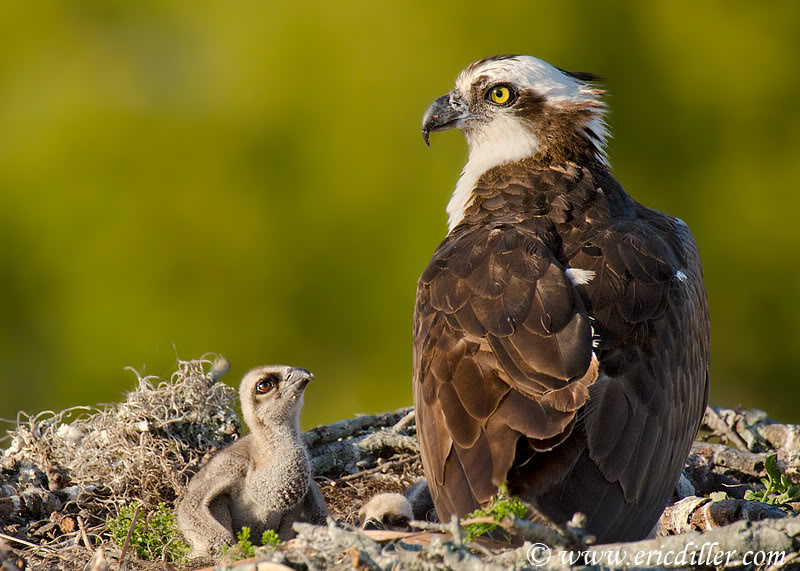
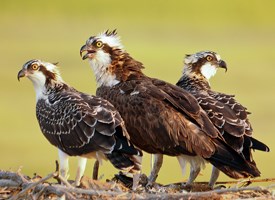

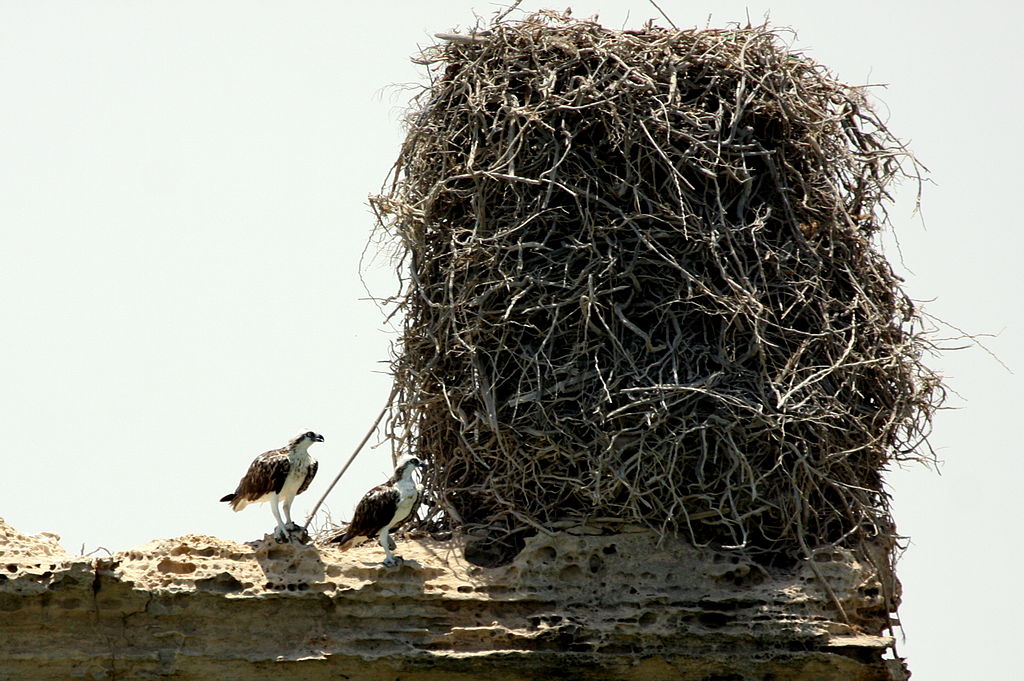
Great post! The layout made your content easy to follow and I enjoyed all of the pictures you included. I was really surprised to learn about the Osprey nesting behaviour! It’s amazing that their nests can reach 3 meters high due to site fidelity and continual improvement of their nests each year!! While writing your blog posts did you learn about any downfalls the Osprey face due to the large sizes of their nests?
Hi Chanelle,
Thanks for your question. I was really impressed by the size of their nests too! I haven’t read anything to say there are consequences specifically due to their large nest sizes. Ospreys have a few predators like raccoons, owls and eagles, but I’m not sure if the conspicuous nature of their nests would increase predation. I would think large, tall nests might make it harder for raccoons to get to them and ospreys commonly nest on navigation markers on the water now which reduces their susceptibility to mammalian predators. Humans can still be a direct threat though, shooting them, collecting their eggs and even “oiling” their eggs to interfere with hatching, so maybe the large nests make them easier to find! Conflicts can also arise when ospreys nests are built on houses and telephone poles, but at least its cool to see ospreys are fairly adaptable to the artificial environment that is replacing their natural habitat. One other possible issue with their large nest size is that they need a lot of material to build them, and sometimes that comes in the form of plastics and twine which can cause birds to become entangled in their own nests.
-Hannah
Awesome! Thank you for the information Hannah!
Awesome post! I loved all your captions for the photos, not only were the visuals gorgeous but the commentary kept me laughing. I was shocked to see what their nests looked like too. I’ll be keeping my eyes peeled for them while I’m out on the water!
Hi Alex,
Thanks for reading! I had a lot of fun writing this & now whenever I see an osprey it will be that much more special!
– Hannah
Wow! What a great post! Have you seen one in person? How big of fish can they catch?
Hello Mr. Wolverine,
Thank you for your question! I have seen ospreys in the wild. It is really spectacular to see them diving & feeding! Plus, it usually means I am at the beach which is always a good thing.
Apparently ospreys can catch fish much bigger than themselves & too large to carry. Sometimes their claws can become stuck in the fishes flesh and if the prey is too large to carry the bird can drowned. I have not seen that firsthand (thankfully). Ospreys typically catch fish between 1 – 4 lbs with large healthy females carrying fish between 3 -4 lbs, but larger than that and they may be in trouble. Still, female ospreys usually only weigh up to 4.4 lbs, so this is an enormous feat to pull off! Their stiff, oily feathers assist these birds in quick, powerful lifting maneuvers & prevent the feathers from becoming heavy & waterlogged.
Check out the video I posted for some cool visuals!
– Hannah
Nice blog! I like your intro, which sounds like one of my first experience with a west coast Osprey that came down to grab a nice big fish, then flew off with it – only to be chased by a Bald Eagle that forced it to leg go, and the eagle caught the falling fish in mid-air. Couldn’t get his own fish. 🙁